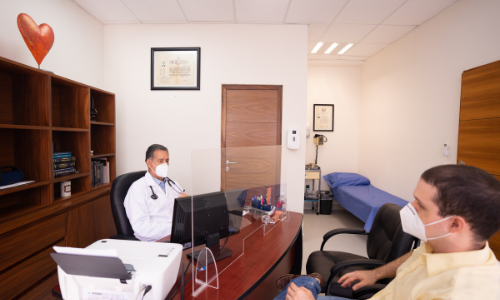We live in a sophisticated technological age, one that offers us effortless access to data. With just a handheld device and an Internet search engine, we can instantly find the answers to most questions, regardless of topic. It’s pretty amazing, especially since many of us remember sifting through stacks of books for information about a specific topic.
Besides this, we can now tailor how we input, store, and use data. This has certainly enhanced and streamlined basic medical processes, especially with the advent of such tools as electronic health records (EHRs).
On February 17, 2009, President Obama signed the American Recovery and Reinvestment Act of 2009. This law helped promote the meaningful use of EHRs through incentives, which totaled more than $44,000 over five years with Medicaid or $63,750 over six years with Medicaid per eligible provider. This program has led to the development and certification of advanced EHRs, which are now becoming standard within clinics nationwide.
EHRs have become increasingly complex, and on the flip side, progressively simple. They offer the functionality to do far more than ever before, but they are easier to use. This is due predominately to the fact that many EHRs can be customized to fit the individual needs of each clinic.
Modern EHRs offer the following:
-
Improved record keeping. EHRs eliminate the need to keep physical copies of your patients’ charts. This keeps your staff from searching stacks of files to find what they need; rather, they can access patient information with only a few clicks of a mouse.
With an EHR, all pertinent data is stored for you. This allows for greater security protocols, including encryption, two-factor authentication, and more. These measures protect against ransomware and other such cyberattacks to ensure your patient data doesn’t fall into the wrong hands.
-
Improved efficiency. EHRs improve operational efficiency within clinics through reduced data-entry errors, faster record-keeping, and streamlined workflows—all processes that can be tailored to the individual needs of your clinic. Information can be accessed by multiple healthcare providers to ensure the patient is receiving the best possible comprehensive care.
Additionally, EHRs offer healthcare providers the ability to better track and analyze patient data to help with reporting. This information also allows physicians to see real-time data to determine their clinic’s overall financial health.
EHRs also streamline basic processes, including prescription management. With an EHR, prescriptions can be sent to the patient’s preferred pharmacy with just a touch of a button.
- Reduce costs. Fewer paper charts mean lower overhead costs. EHRs help with time management, giving your staff the ability to better focus on patients.
At PCIS we develop our solutions with all healthcare staff in mind. Learn more about how the PCIS GOLD EHR can be easily tailored to your practice’s workflow.




